Whispers of Discrepancy: Akazawa's High-Stakes Tariff Report Under the Microscope
Explore Minister Akazawa's challenging US-Japan tariff negotiations, dissecting the conflicting reports, strategic implications, and their profound ripple effects on Tokyo's political stability.
The Diplomatic Gauntlet: Akazawa's US Mission Unveiled
Minister , Japan's Minister in charge of Economic Revitalization, recently stepped into the spotlight, offering a rare glimpse into the intense US-Japan tariff negotiations. Speaking on NHK's "Saturday Watch 9," Akazawa detailed the arduous journey that led to the bilateral agreement. His mission was anything but straightforward, marked by eight trips to the United States over just three months, beginning in April. This relentless shuttle diplomacy saw him directly engaging with key figures, including himself and Treasury Secretary Bessent. The stakes were incredibly high; initial proposals from the suggested a punitive 25% mutual tariff, a figure Akazawa's team managed to bring down to 15%, encompassing even the sensitive automobile sector, effective from the following month. This outcome, as Akazawa recounted, was uncertain until the very last moment, emphasizing that only President Trump's definitive "Done" or "Deal" could seal the agreement. It was a high-pressure environment where every glance and handshake, as captured in a photo shared by a presidential aide, carried immense weight, symbolizing the culmination of painstaking efforts to secure a deal beneficial to .
Beyond the 15%: Decoding the Agreement's True Cost
While the 15% tariff on automobiles garnered significant attention as a key concession, the agreement's true scope extends far beyond this headline figure, revealing a complex web of commitments from Japan. The deal mandates a substantial 75% increase in rice imports from the , a sensitive point for Japan's agricultural sector. Furthermore, Japan committed to boosting its defense equipment purchases by 500 billion yen, bringing the total to 2.5 trillion yen, alongside acquiring approximately 100 aircraft. Significant agricultural purchases, including 1.2 trillion yen worth of soybeans and corn, were also part of the package. Perhaps most strikingly, the agreement includes a colossal 550 billion dollars (roughly 80 trillion yen) in Japanese investment into the US economy, with a staggering 90% of the profits from these ventures earmarked for the United States. While steel and aluminum tariffs remain at 50%, the overarching narrative from Tokyo, echoed by the Prime Minister, frames this as a strategy of "investment over tariffs," asserting that such endeavors, by creating employment and revitalizing industries in the US, ultimately serve the mutual interests of both nations, rather than a zero-sum game.
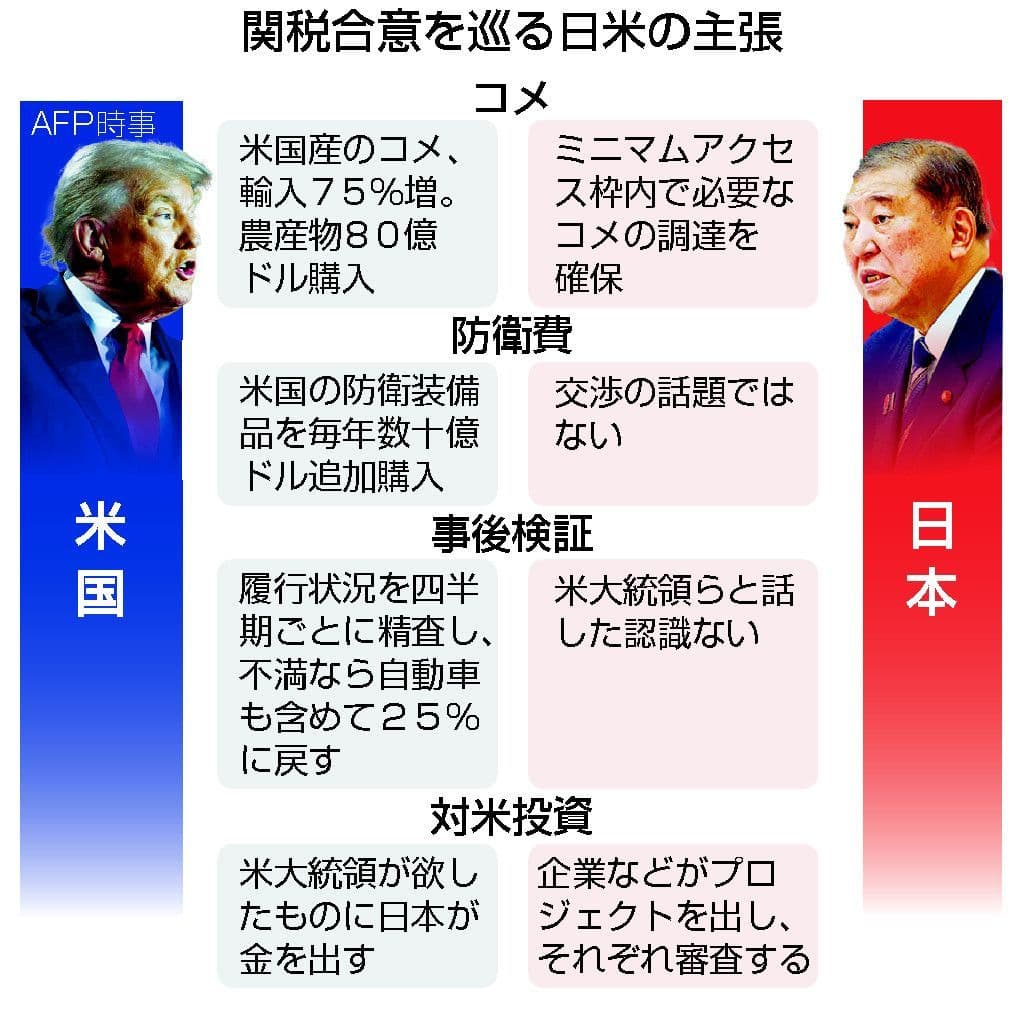
A Tale of Two Narratives: Washington's Claims vs. Tokyo's Silence
Despite the Japanese Prime Minister's firm assertion that there was "no discrepancy" in Minister Akazawa's report on the US-Japan trade talks, a subtle but significant divergence in narratives has emerged between and . A reporter's pointed question to the Prime Minister highlighted this growing unease, noting that the 's July 23rd statement explicitly detailed increased Japanese purchases of US defense equipment and a 75% boost in rice imports – specifics that seemed to differ from the Japanese government's more generalized explanations. This perceived gap in understanding, or perhaps a deliberate ambiguity on Tokyo's part, raises questions about the transparency of the agreement. The Japanese side has acknowledged that formal agreement documents are not yet on the table, with future presidential orders expected to formalize the US commitments. This lack of a concrete, jointly signed document, coupled with the US's more assertive public declarations, creates a vacuum where differing interpretations can flourish, leaving the public to wonder about the full extent of the concessions and the true nature of the 'deal'.
The Akazawa Domino: How One Report Could Topple Political Fortunes
The implications of Minister Akazawa's tariff report extend far beyond trade figures, casting a long shadow over Japan's domestic political landscape and, critically, Prime Minister 's future. The Prime Minister himself acknowledged this gravity, stating that his own political trajectory would be 'refined' after scrutinizing Akazawa's report. This suggests that the perceived success, or lack thereof, and particularly any lingering 'discrepancy' in the agreement, could significantly destabilize Ishiba's administration. The negotiation environment, described as 'completely isolated' with direct, high-stakes engagement with the President, minimized broader domestic input or consensus-building. While this might have been necessary for the intense diplomacy, it means the entire political weight of the outcome now rests heavily on Akazawa's shoulders and, by extension, on Ishiba's leadership. Should the public or influential political factions perceive Japan to have conceded too much, or if the 'discrepancy' fuels distrust, the political fallout could be severe, potentially triggering a domino effect that could undermine Ishiba's authority and even threaten his tenure.
Navigating Tomorrow: Lessons from a Fragile Alliance
The recent US-Japan tariff negotiations, spearheaded by Minister , offer crucial lessons for navigating the complexities of international alliances in an era of transactional diplomacy. The 'discrepancy' in interpretations, however subtle, underscores the perpetual challenge of aligning expectations and communicating outcomes between sovereign nations, especially when dealing with a leader like , whose decisions are often unilateral and unpredictable. The absence of a formal, jointly signed agreement document, relying instead on future presidential orders, highlights the fragile nature of such deals and the ongoing need for vigilance. For , the experience emphasizes the importance of robust internal consensus-building and clear public communication to manage domestic expectations and prevent political instability. Moving forward, both nations must prioritize transparent dialogue and the formalization of agreements to avoid future misunderstandings. This episode serves as a powerful reminder that even the strongest alliances are not immune to friction, and their resilience depends on continuous, careful management and a shared commitment to clarity, ensuring that 'done' truly means 'done' for both sides.
Related Articles
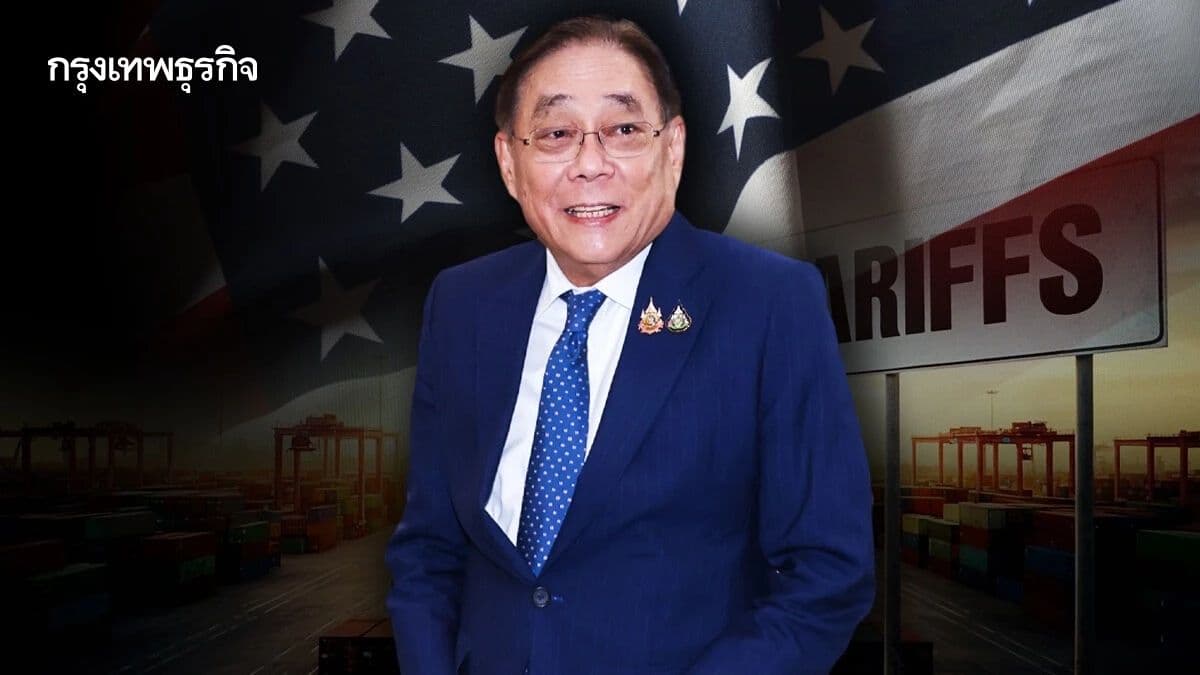
Beyond Tariffs: Unpacking the US-Thai Grand Bargain of 2025

Beyond Tariffs: Unpacking the US-Thai Grand Bargain of 2025
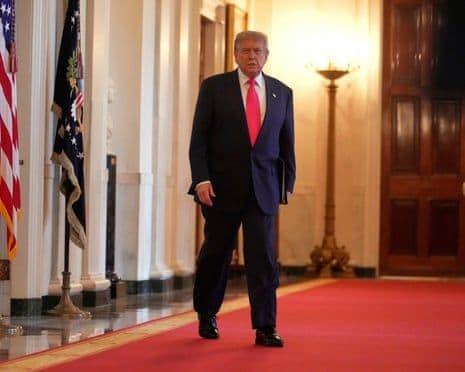
The Reciprocal Ripple: Unraveling Trump's Trade Gambit on the Global Stage

The Reciprocal Ripple: Unraveling Trump's Trade Gambit on the Global Stage
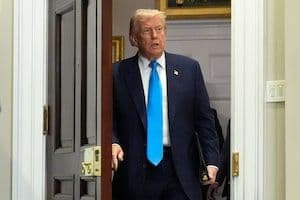
The Fentanyl Factor: Unpacking Trump's Latest Tariff Play Against Canada

The Fentanyl Factor: Unpacking Trump's Latest Tariff Play Against Canada
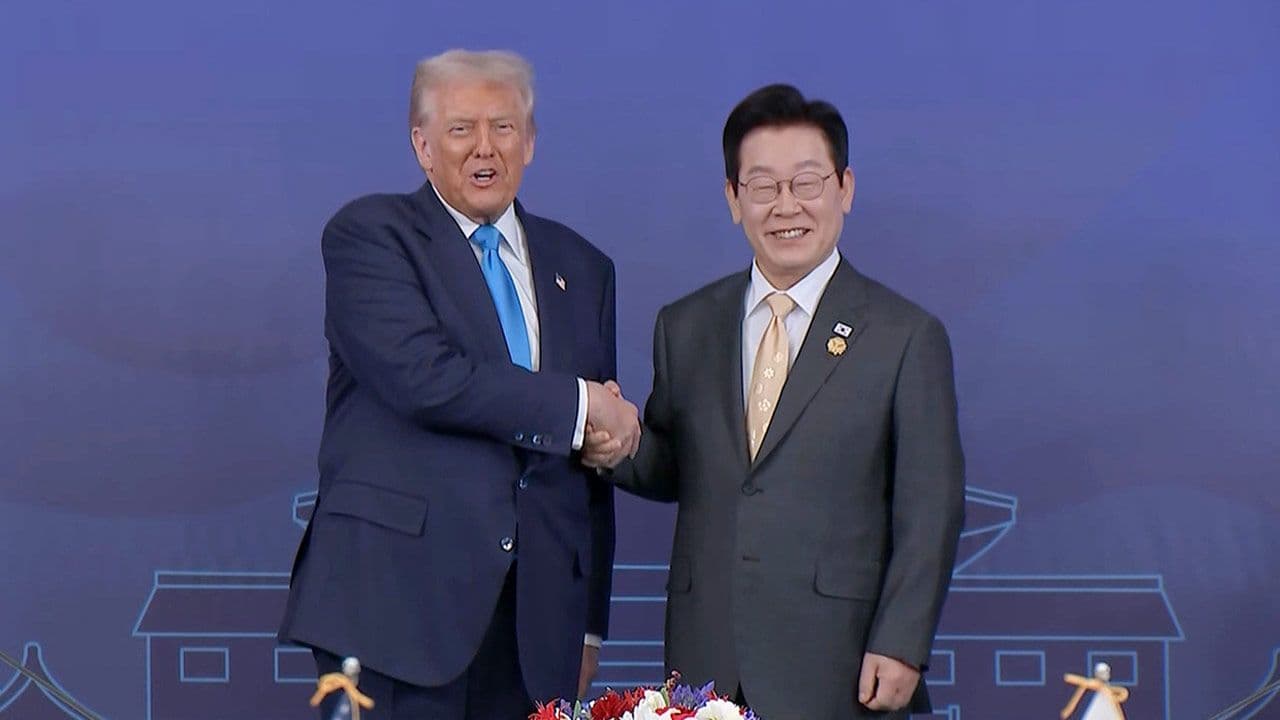
The Unseen Architects of Agreement: Decoding Global 타결 in a Volatile Era
